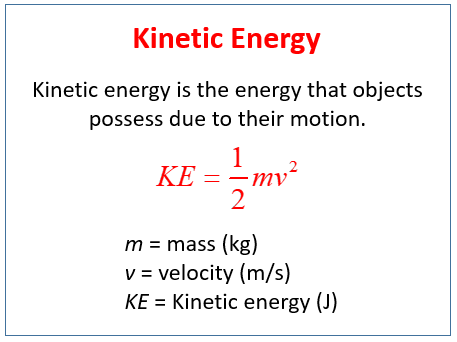How to calculate mileage rate

Whether you’re a business owner reimbursing employees for travel expenses or an individual looking to track your car’s fuel efficiency, it’s essential to understand how to calculate the mileage rate. This article will break down the process step by step, making it easy for anyone to determine their vehicle’s mileage rate.
Step 1: Determine Your Total Miles Driven
Begin by calculating the total miles driven during the period of interest. You can do this using your car’s odometer, a GPS tracker, or a mapping app. Be sure to note the starting and ending mileage in order to calculate accurate distance traveled.
Step 2: Compute Total Fuel Expenses
Next, you need to calculate your total fuel expenses incurred throughout that driving period. This includes taking into account the number of times you filled your vehicle’s tank and each fill-up’s cost. Keep track of your gas receipts or use a credit card statement to obtain information about fuel purchases.
Step 3: Calculate Your Mileage Rate
To determine your mileage rate, divide your total fuel expenses by the total miles driven:
Mileage Rate = Total Fuel Expenses ÷ Total Miles Driven
This formula will yield a cost per mile that represents the average amount spent on fuel per mile. For example, if you drove 1,000 miles and spent $150 on gas during that time:
Mileage Rate = $150 ÷ 1,000 = $0.15 per mile
Step 4: Adjust for Personal Use (Optional)
If some of the miles driven were for personal use and you’d like to separate those expenses from business-related costs, make an estimate or keep a log of personal driving distances. Once you have this information, subtract those miles from your total miles driven and recalculate the mileage rate based on business-only expenses.
Step 5: Factor in Additional Costs (Optional)
Some organizations use a more comprehensive mileage rate encompassing maintenance, depreciation, insurance, and other vehicle-related costs. To calculate this figure, acquire these expenses’ total amounts for the period of interest and add them to your fuel expenses. Then divide the sum by the total miles driven to obtain a more inclusive mileage rate.
In Conclusion
Calculating your mileage rate is essential for fuel efficiency tracking, business expense reporting, and tax purposes. By following these steps, you’ll be well on your way to confidently determining your vehicle’s mileage rate. Just remember always to keep track of your driving distances, fuel expenses, and any other pertinent vehicle-related costs.






